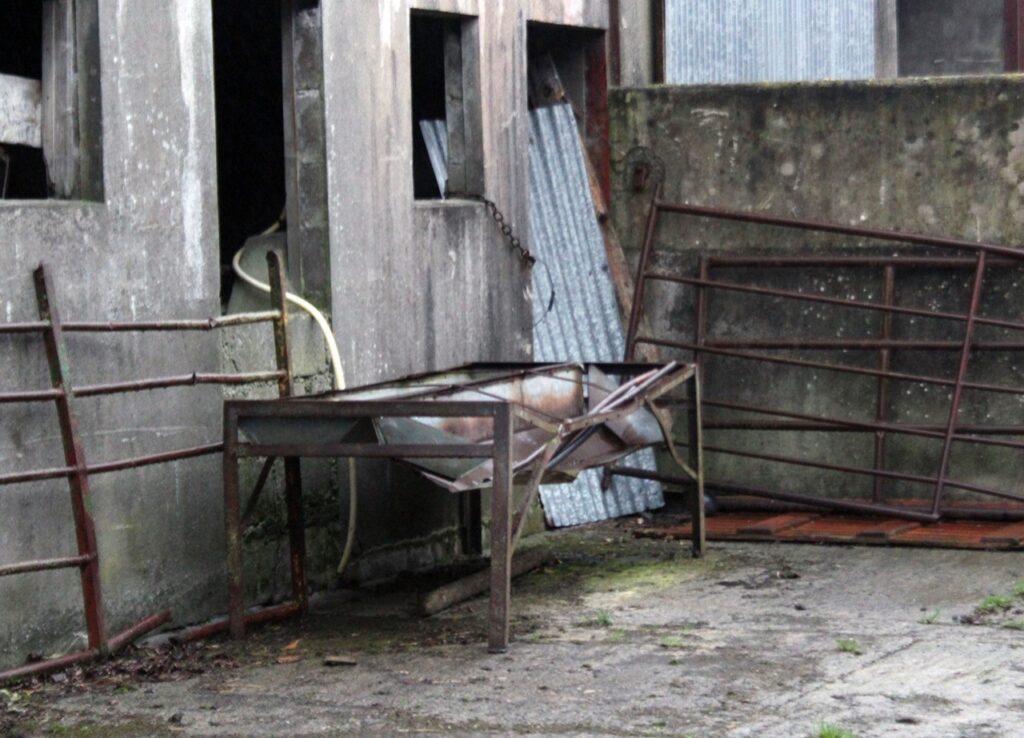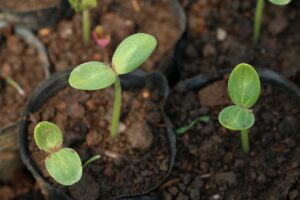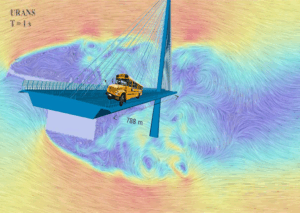Interview with Deirdre O’Mahony, Earth Institute & DLRCC artist in residence on her ongoing project ‘Sustainment Experiments’ and her RHA exhibition ‘Feeder’.
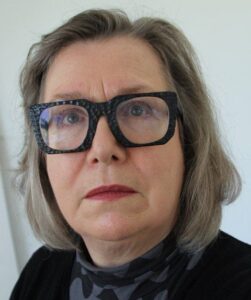
Deirdre O’Mahony
2021-22 UCD Earth Institute artist in residence in partnership with Dún Laoghaire Rathdown County Council.
We spoke to Deirdre O’Mahony about her ongoing project Sustainment Experiments and her work so far as part of the residency at UCD.
Q. Sustainment Experiments is your current overarching project that has been going since 2020, with lots of different elements and moving parts. Can you tell us a bit about it and what’s happening at the moment?
A. Sustainment Experiments is the name for the research phase of a 5-year artwork and public engagement project that considers our actions as we face ecological and climate crises; reaching a desired future means adapting habits, routines and attitudes now. Humanity’s approach has so far been about moving forward- faster, harder and better, rather than sustainability.
Projects as part of Sustainment Experiments are already in train, including The PLOT at VISUAL Carlow, The PLOT 11 Gangwon Triennale 2021 Korea, and a dinner service in progress made at Fire Station Artist’s Studios through their 2021 Sculpture Workshop Award.
The PLOT, Visual Carlow
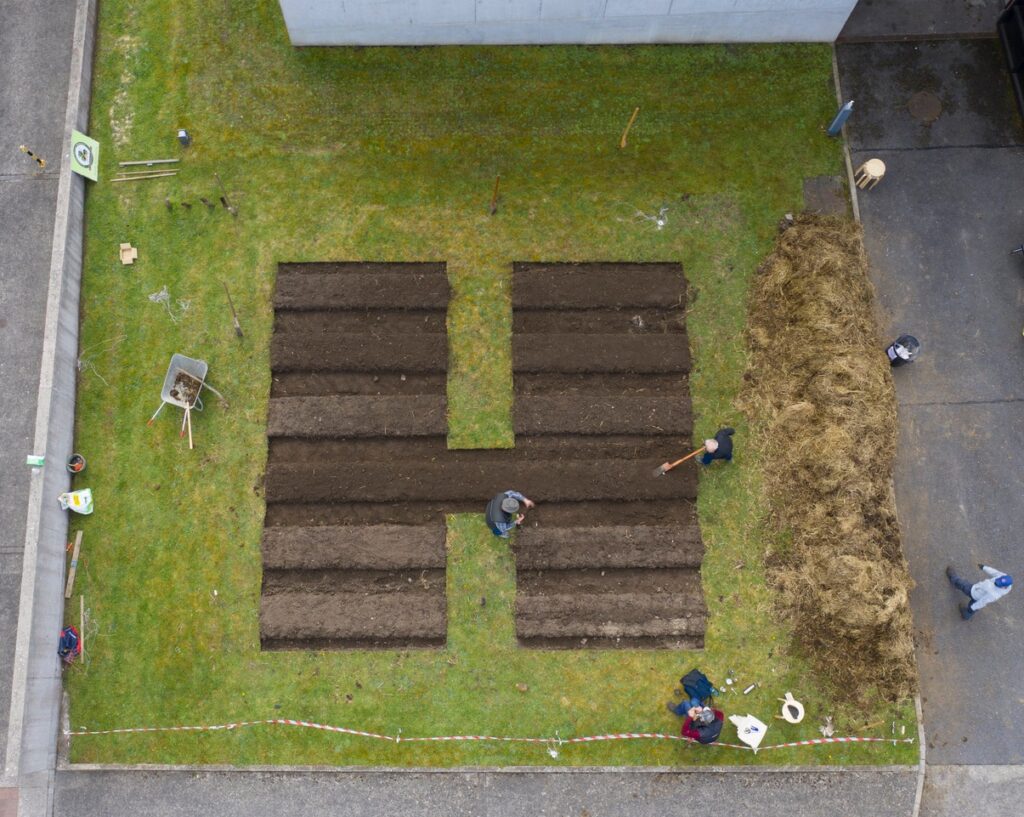
Further research is currently underway with farmers in the Kilkenny, Carlow, Tipperary and Wexford regions and of course, working with scientists at the Earth Institute at UCD as Parity Studios artist-in-residence 2021/22 and the Butler Gallery Soil Residency 2022. Some of those I am meeting are people I have worked with in the past, a kind of slow research process that happens through practice, on the ground, and face to face.
In 2022, three feasts will bring together farmers, cultural producers, scientists and policymakers. I will collaborate with chefs in each location, using the affective power of the meal to encourage participants to think beyond fixed, habitual positions and collectively share knowledge and experience to address the question of sustainable food production. Meals will take place at the Centre Culturel Irlandais, Paris, the Butler Gallery Kilkenny and in Dublin. The feasts draw on the actions of 18th-century French scientist Antoine Augustin Parmentier who held a potato dinner designed to change public perceptions of food in France.
The outcome of the Sustainment Experiments will be a film and moving image Installation that will serve as a kind of amplifier or relay/echo chamber for the different voices encountered on the ground (including non-human).

“Feeder is a research-based installation about landscape, farming, food production and the sustainable use of natural resources […] three stainless steel cattle troughs filled with books lit by incubator lamps.”
Q. You’re also just about to launch FEEDER at the Royal Hibernian Academy which will run 18 Feb-26 March. Tell us a bit about that and how it will link to Sustainment Experiments
A. Feeder is a research-based installation about landscape, farming, food production and the sustainable use of natural resources. A darkened space will hold three stainless steel cattle troughs filled with books lit by incubator lamps. Seating will invite visitors to investigate the books as the faint sound of the rural countryside softly haunts the space. There will also be a stack of posters for the public to remove, with selected quotes from the Feeder troughs and a QR code link to the book list.
Feeder is my resource room – all the books encountered along the way that have fed my thinking and research, including a few I would never have heard of had it not been for conversations with some members of the Earth Institute! It is a kind of pointer to the threads of thought that go into my work/playing out in my brain. Sometimes it can be a fragment or phrase that lodes and starts a whole new train of thought, or captures the essence of an idea I have yet to articulate verbally.
Some of these fragments have been caught in a poster which can be taken away. The installation is intended to compliment the exhibition A Growing Enquiry: Art and Agriculture in the main gallery space by a group of artists who all happen to be involved/entangled/interested in Farming – all people whose work I love. So it is great to be a part of this programme at the RHA, that also challenges the representation of rural life as simple and idyllic perpetuated by the RHA through landscape painting over the years.
“For me research is always a kind of dance between practice-based on the ground, sometimes in the studio research and informed by theory, writing and presenting on my work within academic and cultural context. It always has to move between the two modes of thinking and making in order for the ideas to develop and take hold.”
Q. Research clearly plays a big part in your process – both your own research and engaging with that of others. Tell us a bit about the role of research in your work and how you relate to it
A. See Q1. For me research is always a kind of dance between practice-based on the ground, sometimes in the studio research and informed by theory, writing and presenting on my work within academic and cultural context. It always has to move between the two modes of thinking and making in order for the ideas to develop and take hold.
Q. What kinds of themes have you been exploring so far through your residency at UCD Earth Institute?
A. Soil ecology, how and what can help regenerate soil and the role of nitrogen fixing legumes and herbal lays in improving soils. I am just starting to research soil life particularly the dung beetle and the earthworm so want to engage with further research into this. I am doing a week-long soil ecology open workshop at the Butler Gallery in May and really using it as a kind of demonstration on aspects of soil health. I’m hoping to engage schoolchildren and farmers.
Q. What have you been learning about in terms of responses to the ecological and climate crises we are facing?
A. That change needs to happen now. Soil remediation seems an achievable first step.
“I am neither a farmer, nor a scientist, and have no particular knowledge to offer in either field. I can however, create experimental cultural space to explore other options, other perspectives, sometimes speculative ideas, arrived at through a collective knowledge sharing process.”
Q. Sustainment Experiments is an ambitious project addressing big questions of sustainability around agriculture and food production. How do you navigate moving from the general/overarching aspects of Sustainment Experiments to the specific and local actions? How do you manage the unpredictability and flux while holding onto the central thread of the overall intentions?
A. With great difficulty! It happens when I position myself between the different fields of research and practice and am open to what happens in any given context. I am neither a farmer, nor a scientist, and have no particular knowledge to offer in either field. I can however, create experimental cultural space to explore other options, other perspectives, sometimes speculative ideas, arrived at through a collective knowledge sharing process. So, there is always a risk of failure with my (often ridiculous) ideas for public events but the intention is to provoke and stimulate conversation about how to change how things are dome. The feasts, plantings etc are a way of bringing people together who might not otherwise meet, and hear one another.
The Feeder troughs are also a way to contextualise the artworks in the other farming artists exhibition and I will be doing an artist conversation and presenting at a public symposium during the A Growing Enquiry: Art and Agriculture on April 9. It is a difficult and exhausting process at times, carrying the various threads of research and practice based enquiry, but they all feed one another.
Q. What can we expect to see from Sustainment Experiments in the coming year or two?
A. There will be three Sustainment Experiment feast events in Kilkenny, Paris and Dublin which will be recorded and transcribed and used to feed into a script along with other conversations for the final film I will make in 2023.
At the moment I am thinking about changing the name of the outcome of the project. I loved the title of James Cronin’s The Quickening of the Earth and am considering The Quickening as a title which has all sorts of resonances.
While not strictly speaking a part of Sustainment Experiments, a very large planting called Model Plot as part of the Field Exchange Creative Ireland Climate Action Call project, and will take place over the summer. It is a further collaboration with the Loy Association. And lot of other things potentially!
